Oya Stone Mine In Tochigi - Tour Gigantic Subterranean Cathedrals

Located just outside Utsunomiya City, the Oya stone quarry once supplied the ubiquitous “Oya stone” used for countless structures throughout Japan. This article introduces the highlights of the stone mine and Oya History Museum.
Entering the parking lot of the Oya Stone Mine one is astonished at 30 meter high vertical stone walls.

The entrance to the mine is through the Oya History Museum which opened in 1979 and houses a display of mining tools and the history of the mine. While small, the museum is highly informative and well worth the time to visit.

After entering Oya stone quarry you’ll be overwhelmed by the immensity of underground caverns making you feel like you just walked onto the set from Raiders of the Ark. The entire complex covers over 20,000 square meters which is roughly equivalent to three soccer fields.
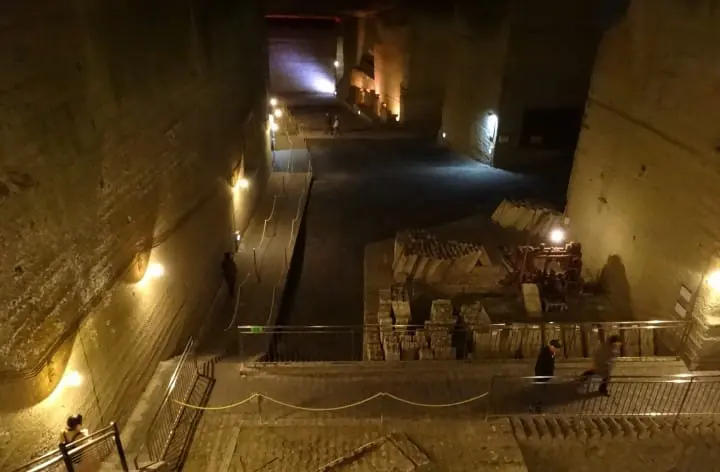
Depths vary between 30-60 meters depending on the location within the caverns and the temperatures are around 2 degrees centigrade.
The History of Oya Stone Mine
Historical records show that some 1,500 years ago, Oya-ishi - the type of stone that is specific to the Oya area in Tochigi - was mined for use in building burial chambers. Full-scale mining operations began some 80 years ago which eventually resulted in the excavation of over 300,000 cubic meters of Oya stone. While the Oya Stone Museum Mine is by far the largest quarry there are over 200 abandoned underground quarries and some of those are below residential areas. Mining operations eventually stopped in 1986 and, over the following years, there have been several cases of sinkholes under these abandoned underground quarries.
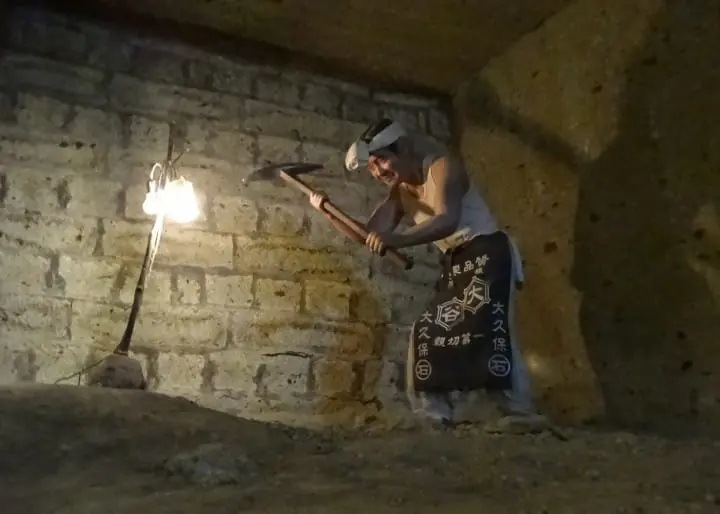
During World War II the Oya mine was used as a secret underground plant by Nakajima Aircraft Company for the manufacturing of Zero fighters. U.S. military were completely unaware the plant existed until after the war.
During the post-war era, Oya stone was in high demand for reconstruction and construction of new housing complexes throughout Japan.

Previously, the mine was widely used to store both sake and beer; however, recently, many of the caverns exhibit a variety of artwork with unique lighting combinations. Due to its excellent acoustics, the mine is also used for concerts and occasionally wedding ceremonies.
The Features of Oya Stone
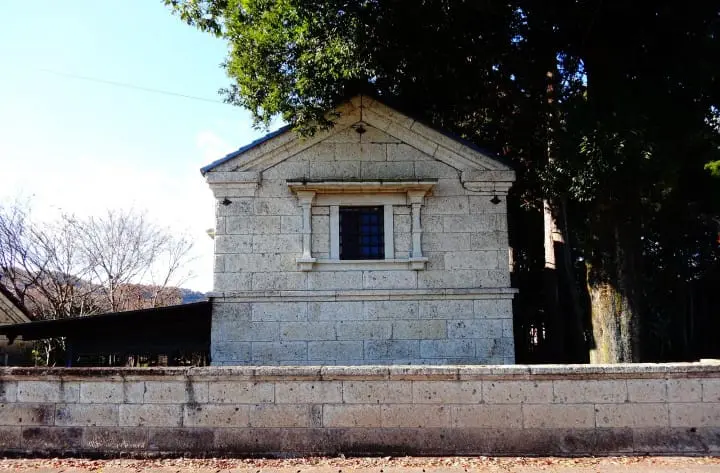
The vast, porous Oya stone deposits were formed over 20 million years ago by subterranean volcanic eruptions. As these deposits consist of lava and ash, they probably should be referred to as Oya tuff (porous volcanic rock) rather than Oya stone. There’s an estimated 600 million tons of deposits in the Utsunomiya area. Oya “tuff” is easily worked and shaped making it very versatile for a wide range of construction uses such houses, storage building, garden walls, pathways, steps, etc.
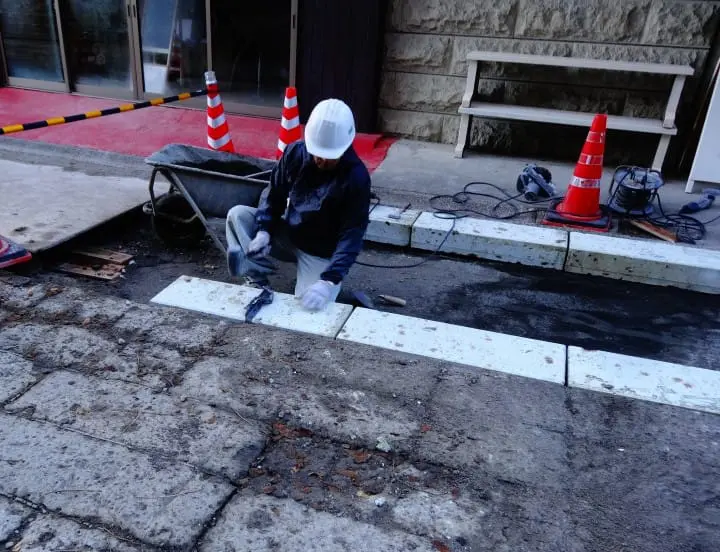
However, Oya stone is probably best known for its use in the construction in the early 1920’s of the old Imperial Hotel in Tokyo designed by the famous American architect Frank Floyd Wright.
There was some strong opposition to Wright’s decision to use Oya stone for the Imperial Hotel, however, his decision proved correct after the Great Kanto Earthquake of 1923 as the Imperial Hotel was one the few buildings that survived the quake. In the lobby of the present Imperial Hotel near Hibiya Park in Tokyo there’s a small historical display of Oya stone.
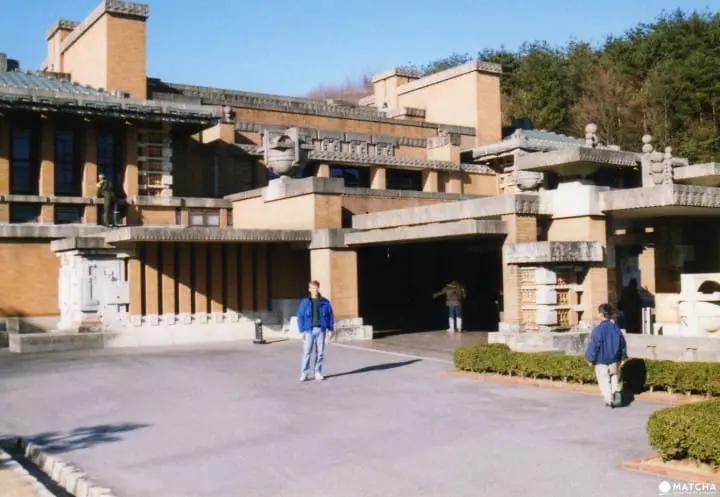
Fortunately, preservationists succeeded and the original lobby of the old Imperial Hotel was moved to Meiji-mura, an open-air architectural museum at Inuyama, near Nagoya in Aichi prefecture.
There are several other well-known structures using Oya stone located in Utsunomiya such as the beautiful twin steeple Matsugamine Church claimed to be the biggest existing Oya-stone structure in Japan.
Oya History Museum Today

As late as early 2000, Oya mine was more of a warehouse used to store hundreds of crates of Japanese beer while scattered about were still unused mining equipment, tools and quarried stone.

However, in the past ten years, a substantial investment and effort and has been expended in improving the appearance of the mine, especially the remarkable lighting schemes and modern artistic works installed in the different caverns. Allow at least an hour or more to tour and enjoy the caverns and also the museum exhibition hall.
Take a Break at Oya Museum Rockside Market
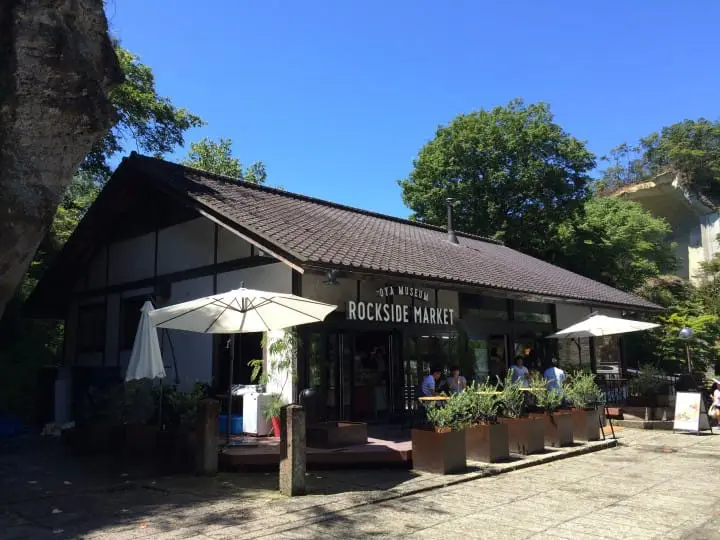
After touring the mine, stop in at the Rockside Market for a light lunch and souvenir shopping. There used to be several souvenir shops near the mine and adajacent area, but with the mine no longer operating, their number has declined.
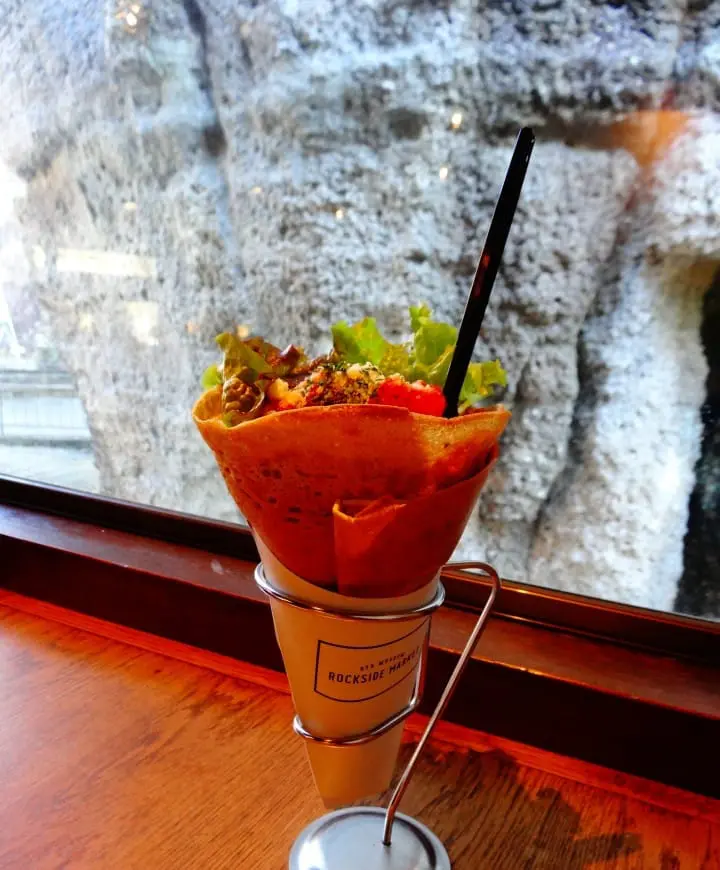
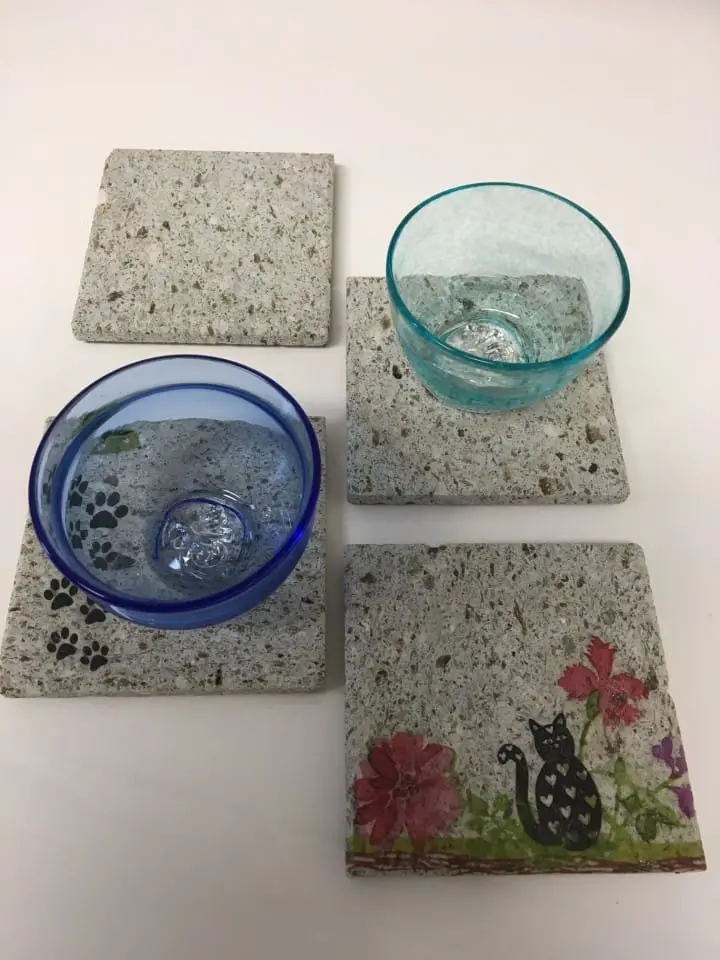
Recommended souvenirs from Oya History Museum are stone coasters or flower vases.
Recommended Side Trip in the Oya Area
After visiting Oya History Museum, definitely visit the Oya-ji Temple with its 27-meter high Kannon Statue dedicated to peace created out of Oya stone. The temple is located nearby and for a small entrance fee you tour the temple and view the oldest carved Buddhist reliefs in Japan.











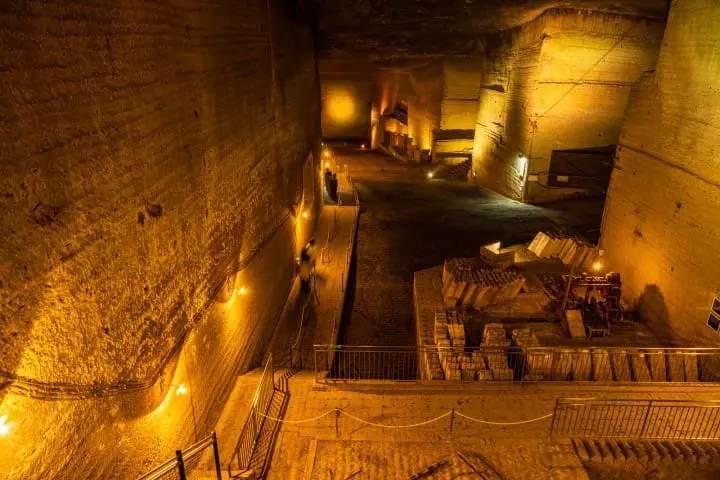

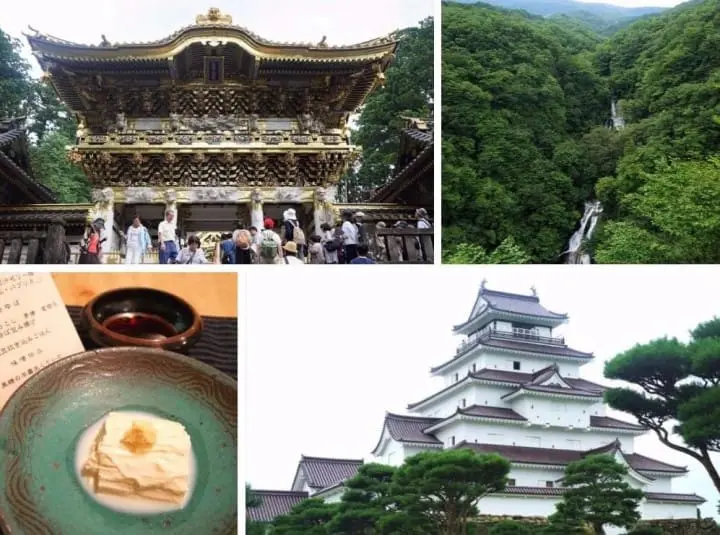



























![[2026] Top 5 Strawberry Picking Spots in Tokushima, Naruto| Farms and Access Guide for January to May](https://resources.matcha-jp.com/resize/720x2000/2025/03/06-227165.webp)



